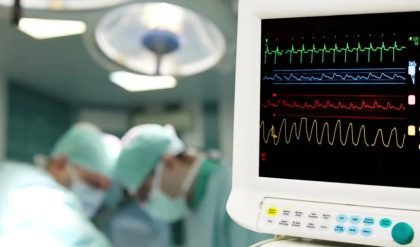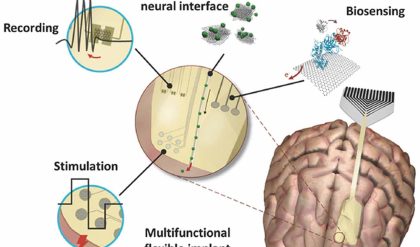Learn how a company in Switzerland is harnessing the latest cell culture technology to build even more predictive 3D cellular models for respiratory disease research.

Human respiratory diseases ranging from asthma to cystic fibrosis and lung cancer claim numerous lives across the globe each year. While they are not fatal, they cause prolonged human suffering and a drastically reduced quality of life. Failures in drug development, particularly those caused by unrepresentative studies in animal models, exacerbate the problem and are costly to the industry.
Add to this scenario government policy on the reduction, refinement, and replacement of animals in research – the so-called ‘3Rs’ agenda – and you have the perfect drivers for the latest human cellular models derived through tissue engineering techniques to be as close to life-like as possible. More predictive models lead to better, more rapid drug development and a greater alleviation of suffering. The Switzerland-based biotech company Epithelix specializes in providing alternative in vitro solutions to animal experimentation for evaluating the effects of drugs on development and assessing the toxicity of chemical compounds to the human respiratory tract.
A Perfect Surrogate Tissue?
Based just outside Geneva, Epithelix was co-founded by current Chief Operating Officer, Dr. Samuel Constant, a synthetic organic chemist with 18 years’ research experience. Epithelix is producing the latest 3D models of human airway epithelium which are representative of the different areas of the respiratory tract – from nasal tissue, to tracheal tissue to bronchiolar tissue – and exporting them the world over for respiratory disease research use. The company also uses its own models for contract research in which it develops new methods for in vitro testing in respiratory diseases ranging from asthma to chronic obstructive pulmonary disease (COPD) and bacterial or viral infection.
Constant and his team harness the latest innovations in cell culture technology and tissue engineering to generate these advanced cellular models and use permeable supports from Corning Life Sciences to achieve the cellular differentiation that they require.
State-Of-The-Art Cell Culture
Epithelix sources its primary cells from surgical operations and seeds them on to Transwell® permeable supports from Corning. Through cellular reprogramming, the team ends up with fully differentiated epithelium of the required type (nasal, or tracheal, for example) which has the same morphology and function as native tissue. As Constant explains: “We sit the cells on the Transwell membrane, which is optimal for differentiation and to generate early standardized in vitro model tissues that we share worldwide with our customers.”
Constant is also very clear on why the company has chosen to use Corning’s permeable support technology: “Because of the long life of their products, the good relationships with their team and, above all, the excellent reproducibility of their Transwell permeable supports.”
Epithelix exports its tissue models to a surprising range of customers that is not limited to the drug development and testing industry. Its models can be used to assess the toxicity of any compounds that can be breathed in and therefore gain access to the respiratory tract – from airborne pollutants and nanoparticles, to smoke particles, deodorants and air fresheners.
Future Developments
Constant has a clear view on what the future holds for respiratory tract 3D models in drug development: “I see a greater need for in vitro lung models in different areas, particularly for oncology research. Increasingly predictive models are needed as in vitro tools that can be used to make decisions as to whether an airborne compound is really toxic, or a candidate drug really effective in respiratory diseases.”
He is also adamant that the importance of models in replacing animal experimentation is only going to increase: “More and more will be needed to reduce or even sometimes replace animal testing for drug development.”
Constant is also very excited about what the future holds for his company Epithelix – the development of novel models and in vitro tests for those models. “We are implementing many other models with co-cultures, for example working on viral and bacterial infections and mixing different bacteria together,” says Constant. “We are raising complexity so that our models are closer and closer to real tissues operating in vivo.”
He concludes with great enthusiasm: “The future is evolving really fast. Just when you think you know the tissue engineering field, it links up with 3D printing and even ‘big data’ questions. All these fields are now influencing each other and will provide really powerful research tools in the future.”


